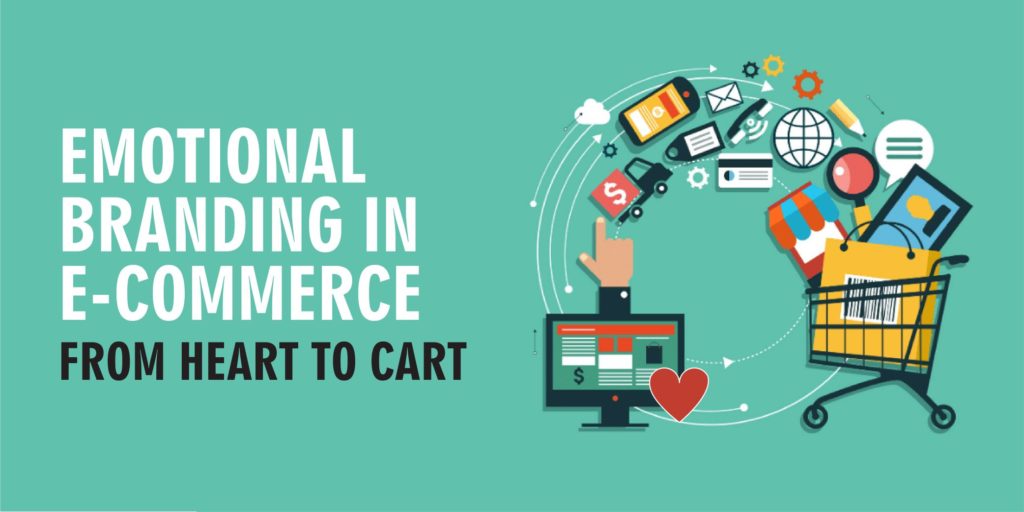
EMOTIONAL BRANDING IN E-COMMERCE FROM HEART TO CART
Emotional branding, and advertising for that matter, have been around for decades! When you associate your brand, product, or service, you create a relationship with the customer that triggers specific emotions. Emotional branding triggers and plays to the human emotions of love, greed, fear, and gratitude. Emotional branding, according to an article by Harvard Business Review, can be over 50% more effective than conventional or non-emotionally targeted branding or advertising. That’s a massive jump!
IMPORTANCE OF EMOTIONAL BRANDING IN E-COMMERCE & TIPS TO FOLLOW
Emotional branding even appeals to Aristotle’s foundations of persuasive marketing techniques: namely Ethos, Pathos, and Lagos. When you balance them out, you get an emotionally powerful brand.
Ethos appeals to ethics and credibility: This fosters trust and credibility within your industry, as well as a sense of authority for your brand. For example, quoting experts in a field or testimonials from customers.
Pathos appeals to empathy: This motivates a consumer to take action by instilling a sense of urgency and FOMO. As long as it is done correctly, it won’t make the customer feel like their emotions are being manipulated.
Logos appeals to logic & reason: Simply stating facts and statistics isn’t enough to convince consumers to take action. Showing your audience what the product can do for them and making a connection between their emotions and logic will persuade them to purchase.
EMOTIONAL BRANDING & E-COMMERCE
E-commerce has made purchasing tremendously easy, to the point where it has become an addiction. Simply press a button or tap on your screen and the products are right in your hands in a matter of days? That is remarkable albeit really addictive! Your e-commerce brand can use the emotional branding strategy by playing on fear (“only one product left!”), greed (“free delivery!”), and encouraging reciprocity by rewarding customers for referrals.
TIPS TO FOLLOW
# Emotions through Visuals:
Our brain reacts and analyses visual information better. Therefore, you should pay close attention to even the minutest aspects such as logos, fonts, and colors, among others, to deliver a positive experience.
# Personal Interactions:
Make your users feel valued, happy, and content. Make their interactions with you feel unique and genuine. You should keep options for customization and employ targeted interactions that feel like they have been tailored to each user.
# Trigger Engagement:
Engaging with your users will make them feel personally connected to your brand and provoke emotional responses. Engage with your users by replying to reviews and comments, sharing user-generated content, and connecting with influencers to create lasting relationships.
# Make Users Comfortable:
When it comes to emotional branding, consistency is crucial. Ensure that you are using the same colors and appealing to similar emotions to keep the users from getting confused.
# Telling a Story:
Everybody enjoys a good story! How can this be used in e-commerce? Storytelling can be used to replace standard product descriptions. A good tale brings the product to life and features product qualities that are close to the customer’s heart. This removes a typical barrier felt while shopping online and makes the buyer feel connected.
Appealing to emotions is a tried and tested strategy for attracting, connecting with, and encouraging consumers to utilize your product or service. Understanding how emotional branding impacts the lives of each consumer is crucial for boosting user experience. Using emotions in branding and marketing can attract and create life-long, loyal customers for your business.
Check out our blogs for different strategies that you can adopt for your brand!



